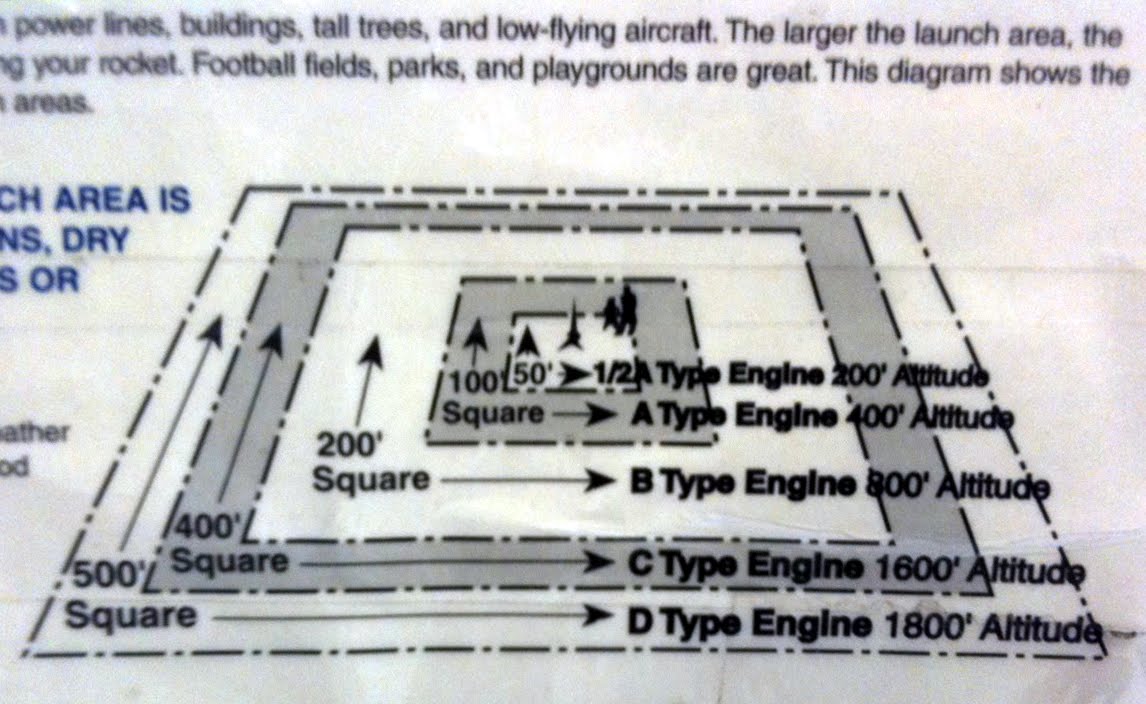andrewec2f
New Member
- Joined
- Oct 15, 2014
- Messages
- 2
- Reaction score
- 0
So I'm looking to buy and launch my first set of rockets with my young kids. We went to our local model rocket club monthly launch and were hooked. When we go to do our first launch it will be with this group. I have picked some Estes rockets that I think will fit my needs for easy of building and fun launching and recovery. However I'm confused by the engines. I know they represent different sizes with higher numbers and letters being more powerful.
Below is the engine recommendations for one of the rockets.
Recommended Engines: B4-2(First Flight), B4-4, B6-2, B6-4, C6-3, C6-5
I think I finally figured out that the (First Flight) is to the lowest powered engine for the rocket. Do I have that right? Also why the recommendation to use the lowest power one for the first flight?
Thanks,
Andrew
Below is the engine recommendations for one of the rockets.
Recommended Engines: B4-2(First Flight), B4-4, B6-2, B6-4, C6-3, C6-5
I think I finally figured out that the (First Flight) is to the lowest powered engine for the rocket. Do I have that right? Also why the recommendation to use the lowest power one for the first flight?
Thanks,
Andrew










